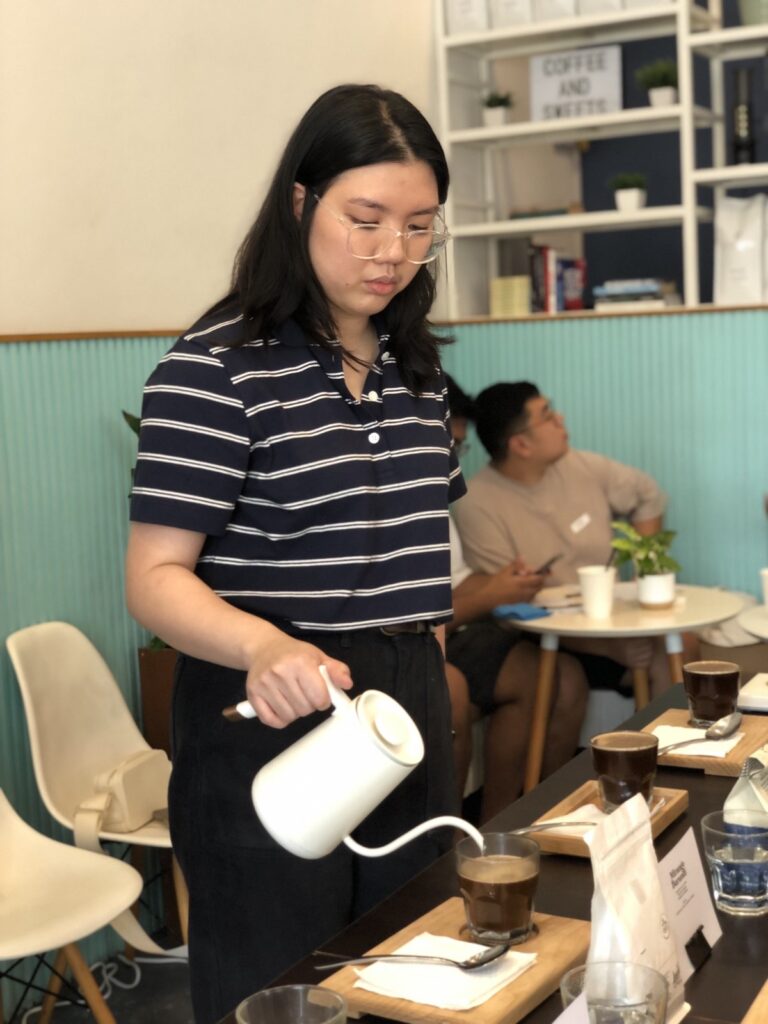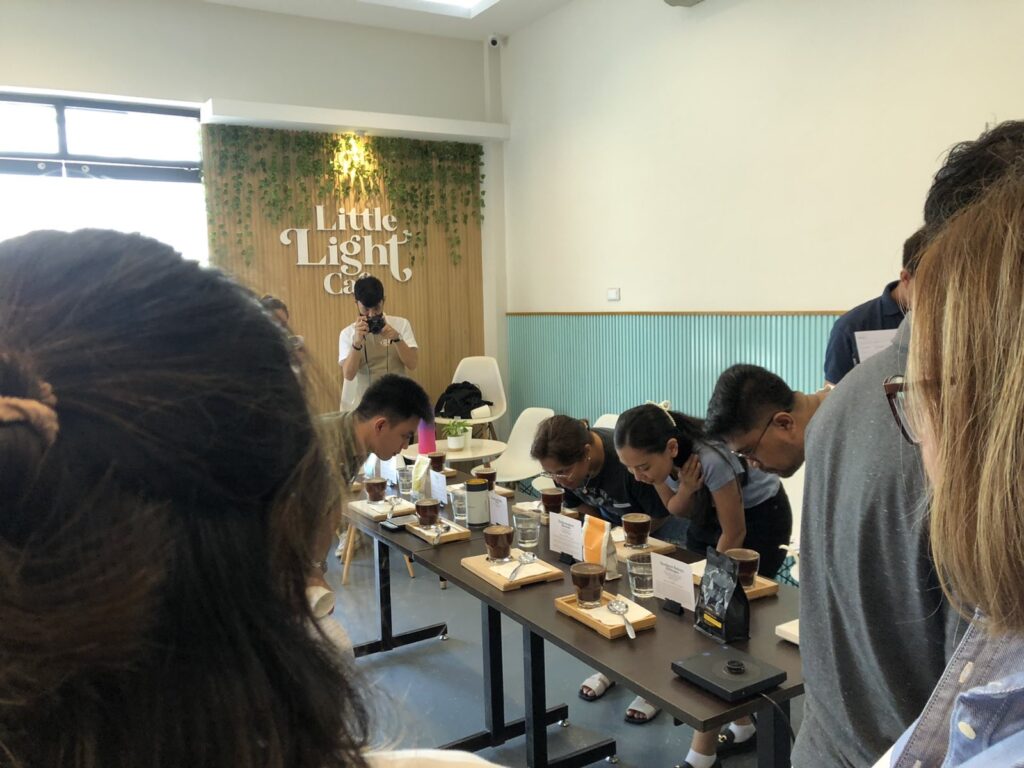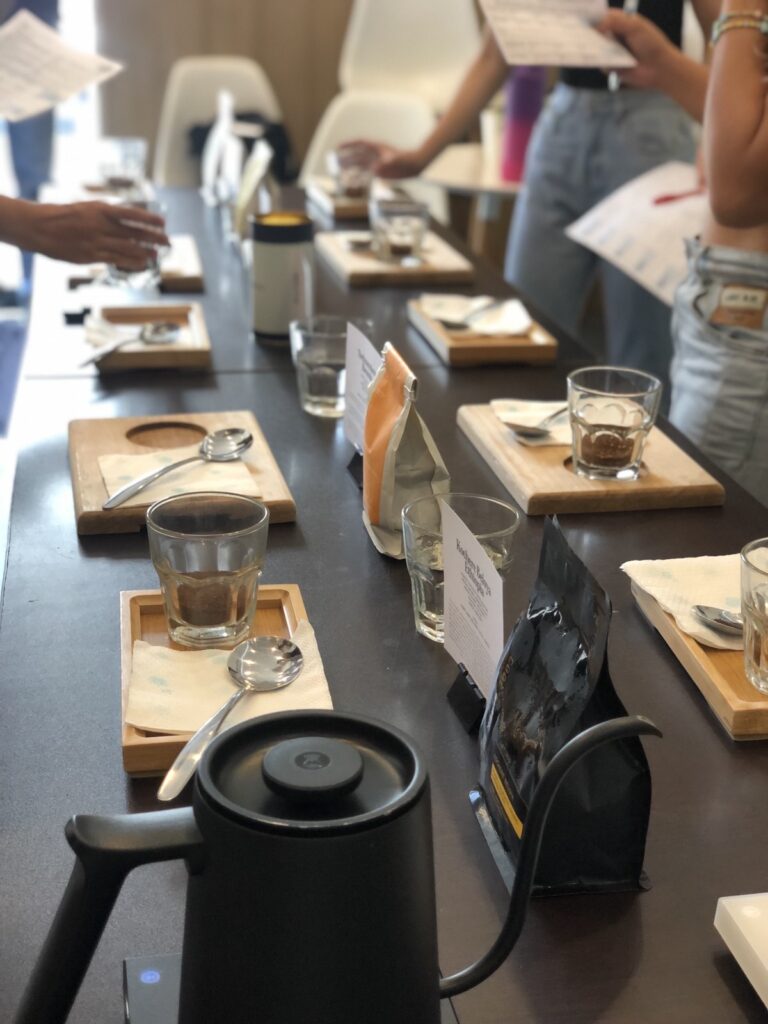Daraga, Albay — Sniffing, slurping, sniffing, and slurping, that is how coffee cupping works and Little Lights Cafe hosted its first coffee cupping event this year at Legazpi City, Albay on July 1.
Coffee cupping or coffee tasting is a technique method used by coffee enthusiasts, owners, and producers to assess the difference of each coffee sample.
Sisters Stephanie and Valerie Chan, owners of Little Lights Café located at Imperial Street, Legazpi City, says it is essential for farmers to use the cupping method in order for them to identify which beans they like and also for the roasters to evaluate and to check the quality of the beans.
Of the two owners, Valerie was the first to become addicted to coffee which motivated her to start exploring different varieties of coffee around the world and start doing coffee cupping.
“Actually the first coffee cupping namin [ay] nung artisans, kami lang na mga barista. We want to continually learn and also to expand yung pallette namin with coffee tasting and eventually we start coffee brewing workshops and coffee cuppings,” Valerie said.
After that exclusive event, Valerie decided to arrange a cupping session and opened it to the public hoping to educate and to attract more people into the coffee culture knowing that coffee cupping is the most inclusive event to learn more about the different tastes of coffee and its origins.
During the event, Little Lights Café prepared 11 single origin coffees that originally came from different countries like Peru, London, Ethiopia, and Brazil, which were all roasted in various roasters in Melbourne.
Valerie in an interview with Bicoldotph says that Melbourne is the standard in the coffee industry as they are considered as one of the top roasters in the coffee culture according to Specialty Coffee Association (SCA). Knowing this, they brought these coffee beans in the Philippines to share with other coffee lovers and to create a coffee community.
To evaluate the coffees, the owners prepared a guiding sheet inspired by the SCA’s guidelines, an international standard in coffee cupping, but in a more simplified manner.
The evaluation have 8 categories including the fragrance, flavor, aftertaste, acidity, body, balance, sweetness, and overall. | Stephanie De Leon



